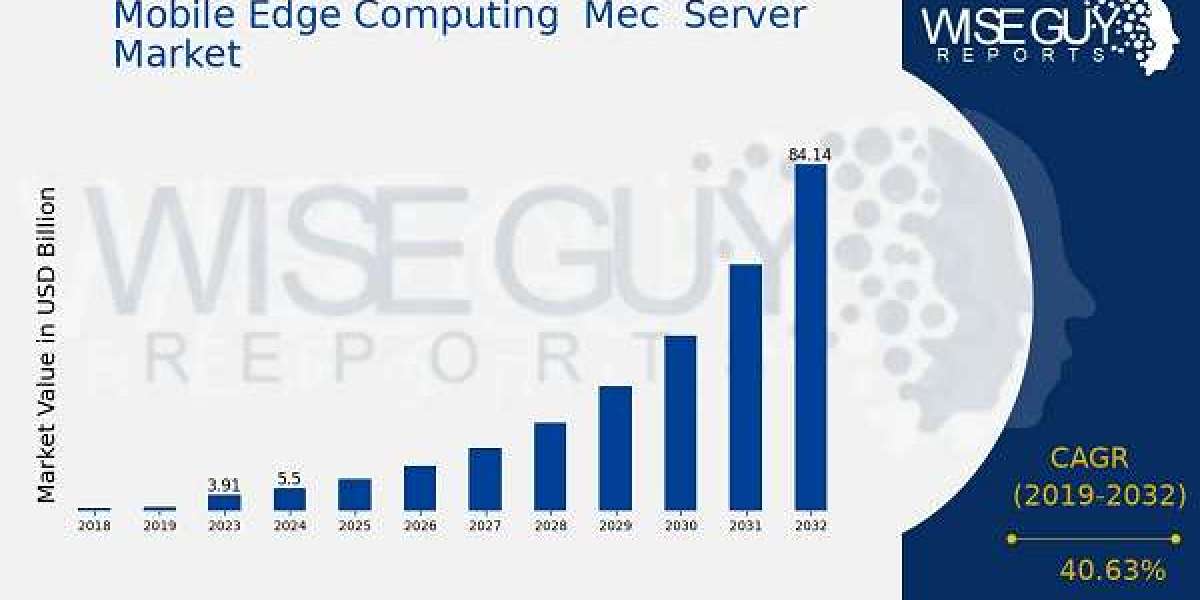The mobile edge computing (MEC) server market is currently experiencing a period of hyper-growth, with an expansion rate that is among the fastest in the entire IT infrastructure industry. An in-depth analysis of the Mobile Edge Computing MEC Server Market Growth Rate reveals that this explosive acceleration is fundamentally tied to the global rollout of 5G network infrastructure. The core value propositions of 5G—ultra-low latency, massive device connectivity, and high bandwidth—can only be fully realized when complemented by a distributed computing architecture that moves processing power away from the centralized cloud and closer to end-users and devices. This symbiotic relationship means that every dollar invested in 5G network densification and upgrades creates a direct and immediate demand for MEC servers to be co-located with this new network equipment. As outlined in detailed industry studies like the one from Wise Guy Reports, this tight coupling with the multi-hundred-billion-dollar 5G investment cycle is the primary catalyst behind the market's extraordinary growth rate, creating a powerful and sustained tailwind for hardware vendors, software providers, and system integrators operating in the space.
A more granular look at the drivers of this growth reveals a multi-faceted expansion powered by demand from a diverse set of emerging, high-value use cases. The industrial and enterprise IoT sector is a major accelerant. Manufacturers are deploying private MEC networks to power smart factories, enabling real-time control of robotic arms, predictive maintenance on machinery, and AI-powered quality assurance systems that require data to be processed on-site in milliseconds. Similarly, the automotive industry is driving growth through the development of connected and autonomous vehicles, which rely on MEC for vehicle-to-everything (V2X) communication, real-time traffic analysis, and high-definition map updates. The consumer-facing growth is fueled by the demand for immersive experiences like cloud gaming and augmented/virtual reality (AR/VR), which are extremely sensitive to latency and require powerful graphics processing to be located near the user. The proliferation of smart city initiatives, leveraging MEC for intelligent traffic management, public safety video analytics, and connected utilities, further contributes to the market's rapid expansion across multiple verticals.
The future trajectory of the market's growth rate is expected to remain exceptionally strong, sustained by technological maturation and the broadening of the application landscape. The standardization and commercialization of Open RAN (Radio Access Network) architectures will be a significant new driver. Open RAN disaggregates network components, allowing MNOs to mix and match hardware and software from different vendors, which is expected to lower costs and accelerate the deployment of new edge sites, thereby fueling server demand. Another key factor sustaining growth is the increasing sophistication of AI models being deployed at the edge. As these models become more complex, they will require more powerful servers with advanced AI accelerators, leading to a continuous technology refresh cycle and driving up the average selling price per unit. Moreover, the emergence of the "metaverse" and Web3 applications, which will depend on a globally distributed network of low-latency compute resources for persistent, real-time rendering and interaction, represents a massive, long-term growth vector for the MEC server market, ensuring its dynamic expansion continues for the foreseeable future.



